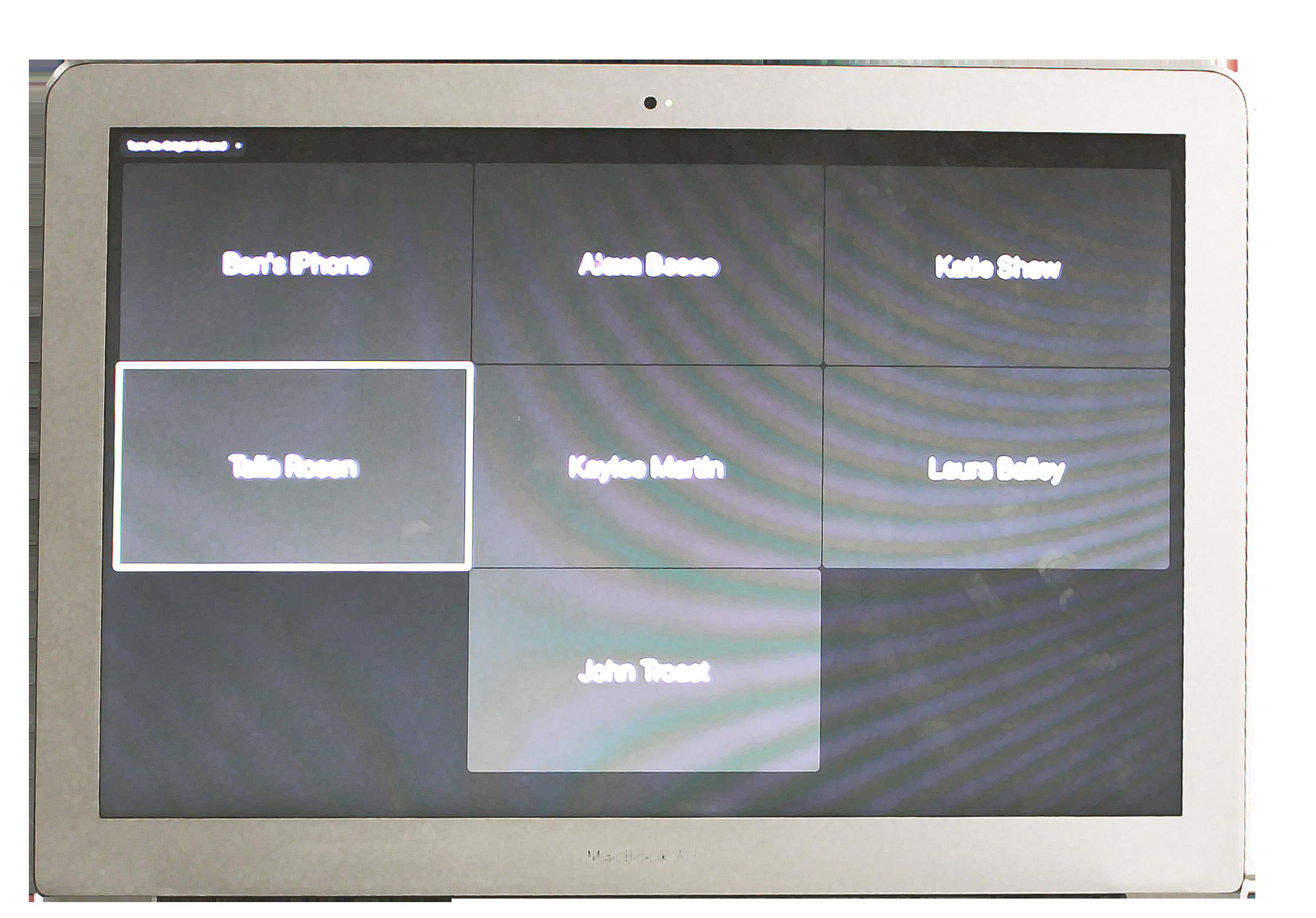
3 minute read
online teaching
Online Teaching: The Professorial Opinion
By: Entao Xie
Advertisement
The entire college experience has been redefined since the pandemic forced students and professors out of their classrooms. Many would argue its impact is here to stay long after the pandemic ends, for better or for worse. As we come to face the new reality of the so-called Zoom University, students aren't the only victims of its adversities. After speaking to my professors about how teaching went this semester, they relayed to me the challenges they faced in having to reconstruct a modern college classroom within the confinements of a 14-inch screen.
When asked what the most challenging obstacles were for this year, one of the common answers was technology. It won’t come as a surprise that not every professor is a tech genius. On the contrary, a lot of them had to start anew, forcing them to reinstate their teaching flow in new territory, and familiarizing themselves with Zoom isn't even the most challenging part. Since professors are deprived of all the tools that physical classrooms provide to better engage with their classes, they resort to other apps to facilitate their teaching. Unfortunately, it doesn't always work out, and oftentimes the effect isn't quite as effective as they expect.
Once they start to overcome the kinds of inconvenience bestowed by technology, bigger concerns lay ahead. The word "energy," and its significant lack thereof, was constantly brought up. Especially for the language department, the process of learning requires more than the mechanical work done by mouth. The teaching of languages requires professors
to be a bit theatrical, even dramatic to a certain extent, so that students can be fully immersed. Professors say that the fact that they’re restrained to the frame of their camera is frustrating, and students aren't allowed to move or interact freely, making the overall experience static and sterile. But the problem goes beyond language courses. Students can be reluctant to turn on their camera for lectures unless they are instructed otherwise, making teaching less rewarding for professors, meaning the loss of energy is unfortunately felt on both sides of the screen.
Considering the number of students that are currently online, hybrid classes are another alternative for those who are eager to get back in the classroom, but it remains an awkward compromise. Professors express concerns about being able to focus equally on two groups of students at the same time. As for larger classes, another difficulty is communication between online and in-person students. Indeed, when remote it isn't easy to hear what students are saying when they sit six feet apart from each other, and even further from the computer remote students tune in on. Some classes deployed a TA to facilitate the communication by acting as a middleman, typing students’ questions into the chat function on Zoom, for example. On the flip side, while the students who are physically present can enjoy the in-person class experience, it still means being masked and muffled whilst sitting six feet apart, a far cry from in-person learning at its best.
It isn't all bad news though; some faculty do have positive feedback. For example, in a typical semester, they wouldn't have had as much one-on-one interaction with their students, but this semester the general trend is that office hours have been fully booked, and quickly. One possible explanation is that since students don’t have to go to an in-person meeting and can instead just turn on their laptops from wherever they might be, they feel like they have more time to have conversations with their professors. It could also be that the general lack of interaction among students themselves, socially and in classrooms, motivated them to compensate by meeting more often with professors, even if remotely. All in all, this student-professor communication boost is something that professors hope to continue to promote in the future.
Like their students, many faculty members are looking forward to going back to the classroom. They learned that even the abundance of digital resources doesn’t make online classes interchangeable with in-person teaching, and that hybrid alternatives are not an apposite substitute. For professors to achieve their goals, a predominantly one-way interaction is problematic, and a more vibrant classroom environment needs to be registered. It seems that we all, to some extent, await the return to classroom normalcy.

instagram | @contmag email | contmag@hamilton.edu issuu | thecontinental





